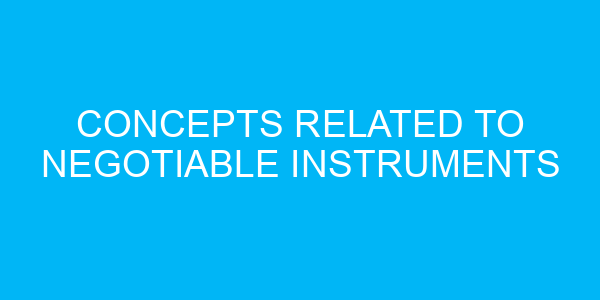6. In which of the following endorsements, the endorser is not held responsible for payment in case of dishonour?
a) Blank endorsement
b) Restrictive endorsement
c) Special endorsement
d) Qualified endorsement
7. A promissory note is typically used for:
a) Transferring the ownership of goods
b) Borrowing or lending money
c) Settling a dispute
d) Making a payment at a later date
8. Which of the following requires acceptance by the drawee to become a valid negotiable instrument?
a) Cheque
b) Promissory Note
c) Bill of Exchange
d) Demand Draft
9. What is the legal relationship between the drawer and payee in a negotiable instrument?
a) Creditor and debtor
b) Customer and bank
c) Buyer and seller
d) Lender and borrower
10. Which of the following is not a negotiable instrument under the Negotiable Instruments Act, 1881?
a) Postal order
b) Bank draft
c) Money order
d) Electronic Funds Transfer



